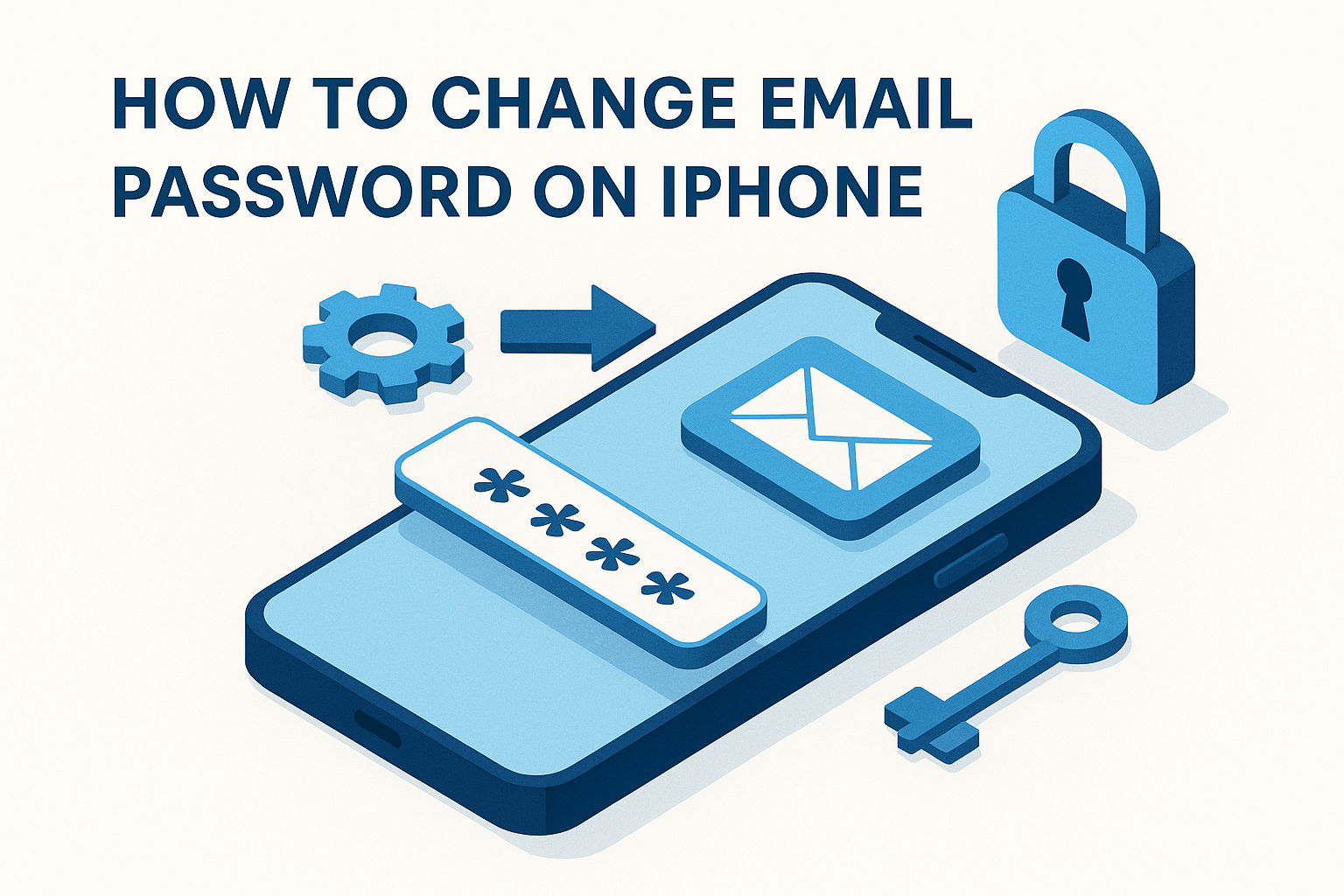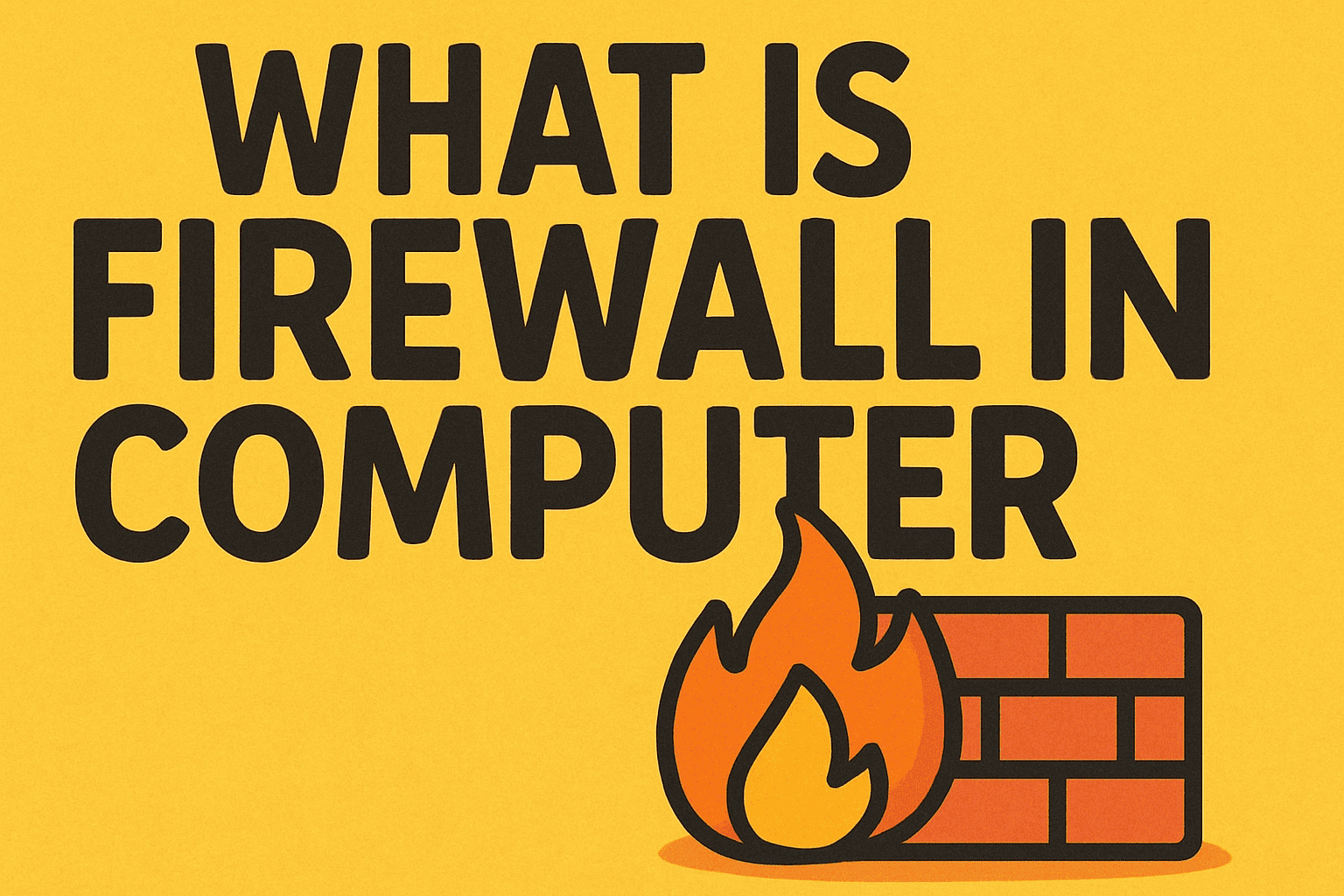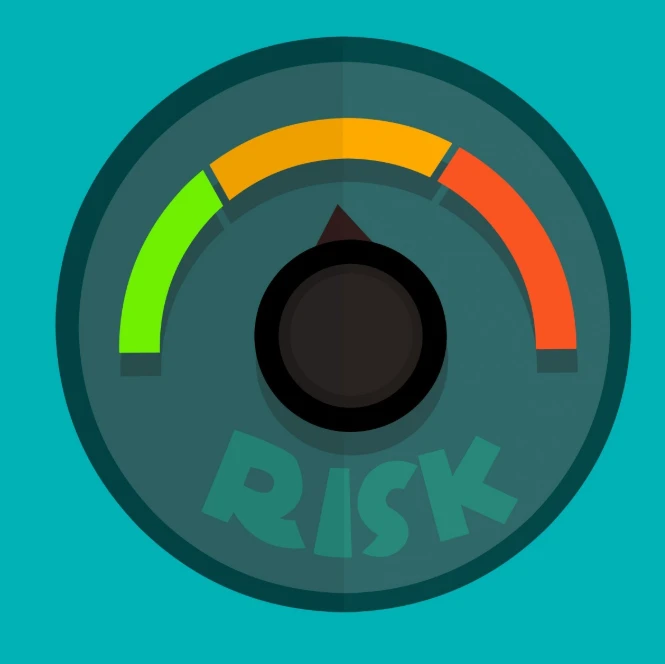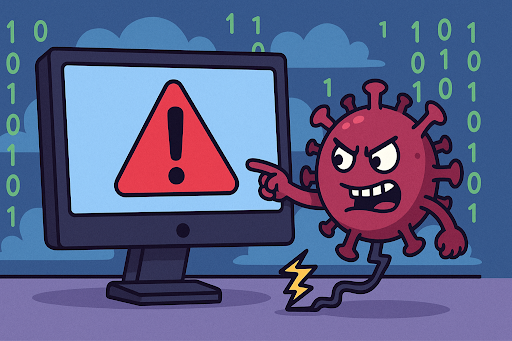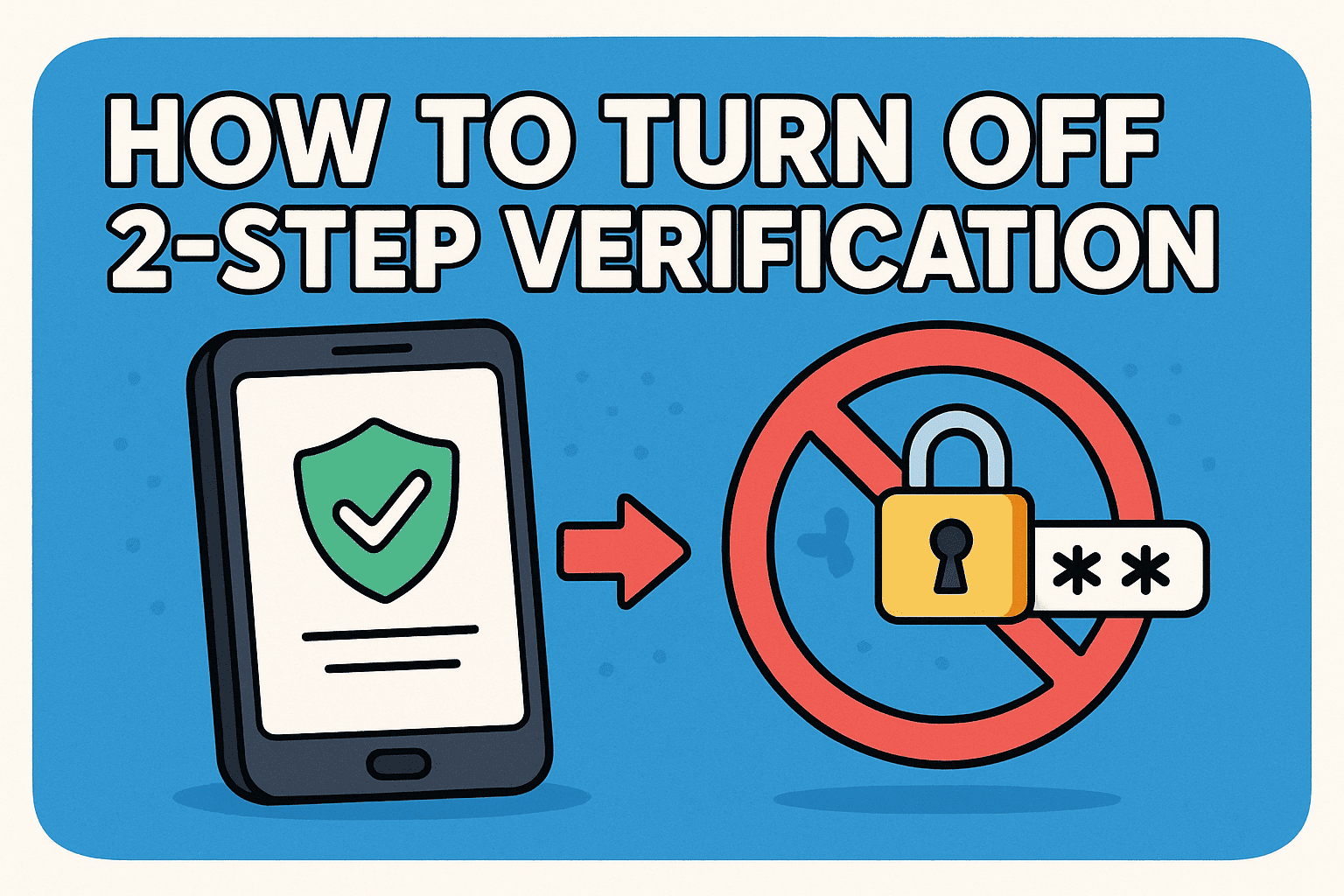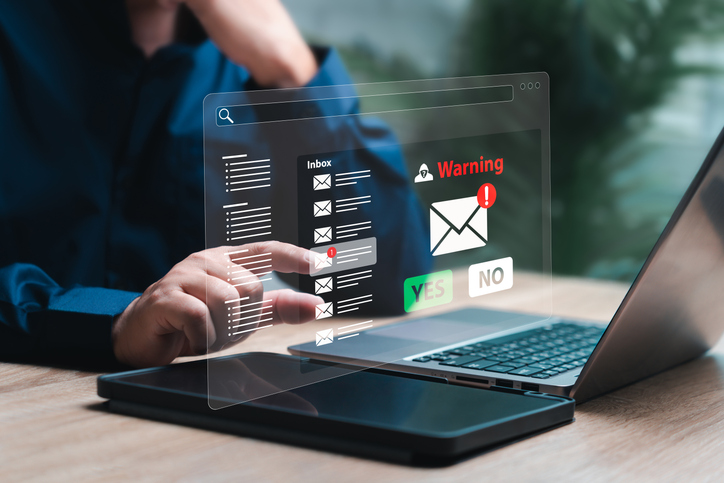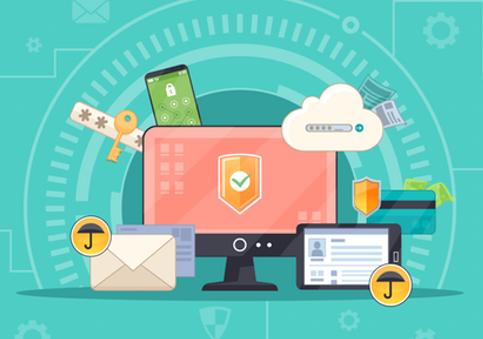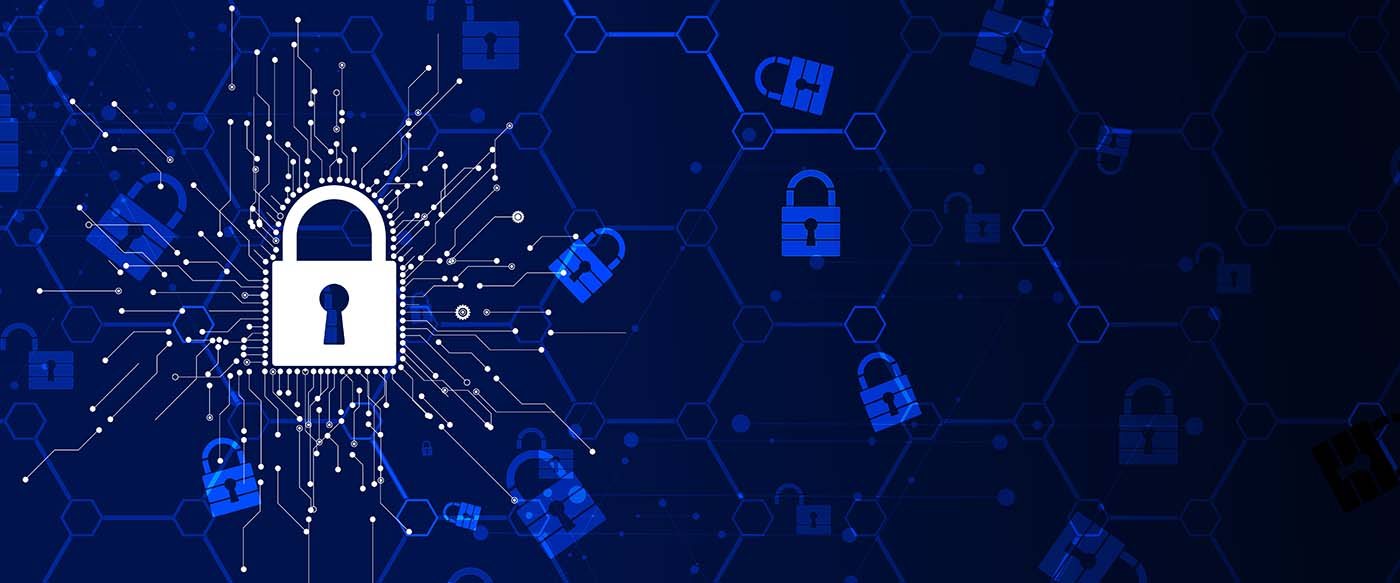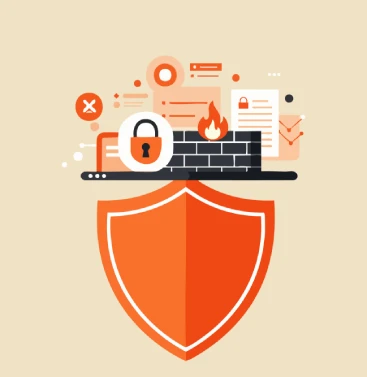What Is Malicious Software? Your 2025 Guide to Understanding Malware
Updated on April 14, 2025, by Xcitium
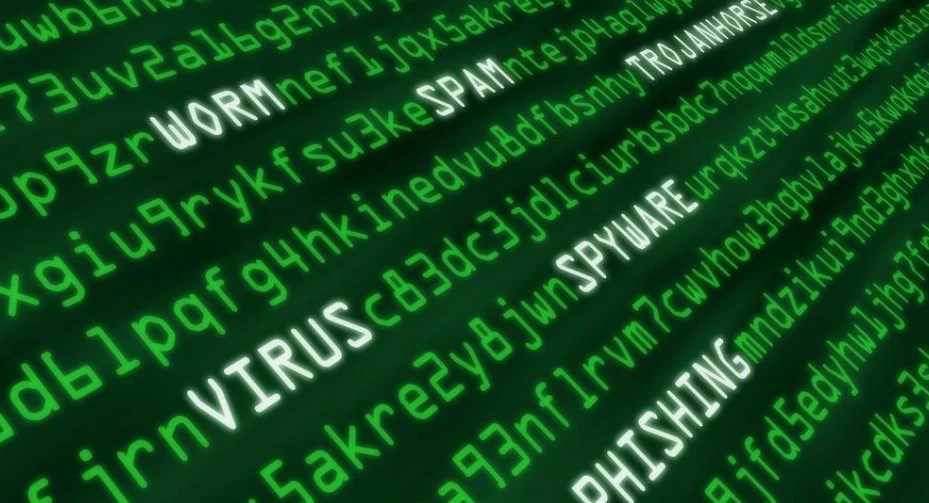
Malicious software, or malware, is a growing threat in today’s digital landscape. Designed to infiltrate, damage, or exploit systems, malware poses risks to individuals and businesses alike. This guide explains what malicious software is, its types, impacts, and how to protect yourself in 2025—optimized for Google’s latest algorithm updates to rank high and deliver value.
Defining Malicious Software
Malicious software refers to any program intentionally created to harm devices, steal data, or disrupt operations. From viruses to ransomware, malware exploits vulnerabilities in systems, often spreading silently until it strikes. In 2025, AI-powered malware makes detection harder, amplifying the need for awareness and robust defenses.
Common Types of Malicious Software
Malware comes in many forms, each with unique tactics. Here’s a breakdown of the most prevalent types in 2025:
- Viruses
- How They Work: Attach to legitimate files, spreading when executed.
- Impact: Corrupt data, slow systems, or destroy files.
- Worms
- How They Work: Self-replicate and spread across networks without user action.
- Impact: Overload networks and compromise multiple devices.
- Trojans
- How They Work: Masquerade as harmless software to trick users into installation.
- Impact: Create backdoors for hackers to steal data or control systems.
- Ransomware
- How They Work: Encrypt files, demanding payment for decryption keys.
- Impact: Lock critical data, costing time and money to recover.
- Spyware
- How They Work: Secretly monitor activity and collect sensitive information.
- Impact: Expose passwords, financial details, or personal data.
- Adware
- How They Work: Flood systems with unwanted ads, often bundled with free software.
- Impact: Slow performance and expose users to further threats.
- Rootkits
- How They Work: Hide deep within systems to grant attackers persistent access.
- Impact: Evade detection while enabling long-term exploitation.
- Botnets
- How They Work: Networks of infected devices controlled remotely by attackers.
- Impact: Launch large-scale attacks like DDoS or spam campaigns.
How Malicious Software Spreads
Malware doesn’t appear out of nowhere—it exploits specific entry points:
- Email Attachments: Phishing emails with infected files or links.
- Unpatched Software: Vulnerabilities in outdated apps or operating systems.
- Malicious Websites: Drive-by downloads from compromised pages.
- USB Drives: Infected removable media spreading between devices.
- Fake Software: Trojans disguised as legitimate downloads.
In 2025, AI enhances these methods, crafting smarter phishing lures and exploiting zero-day flaws faster than ever.
The Impact of Malicious Software in 2025
Malware’s consequences are severe and far-reaching:
- Data Theft: Loss of personal or business-sensitive information.
- Financial Loss: Ransomware payments or fraud from stolen credentials.
- System Damage: Corrupted files or bricked devices.
- Reputation Harm: Businesses lose trust after breaches.
- Operational Downtime: Networks crippled by worms or DoS attacks.
With remote work and IoT devices expanding attack surfaces, malware’s reach is at an all-time high.
How to Protect Against Malicious Software
Stay ahead of malware with these expert strategies:
1. Install Advanced Security Tools
Use solutions like Xcitium Advanced Endpoint Protection (AEP) to block threats proactively.
2. Keep Software Updated
Patch vulnerabilities with automatic updates for your OS and apps.
3. Be Cautious Online
Avoid suspicious links, emails, or downloads from unverified sources.
4. Enable Real-Time Protection
Activate antivirus and firewalls to catch malware early.
5. Back Up Regularly
Store data offline or in the cloud to recover from ransomware.
6. Use Strong Authentication
Combine complex passwords with multi-factor authentication (MFA).
7. Educate Yourself
Learn to spot phishing and social engineering red flags.
Xcitium Zero Trust Cybersecurity: Next-Level Malware Defense
Traditional antivirus struggles against 2025’s sophisticated malware. Xcitium Zero Trust Cybersecurity redefines security with:
- Default Deny Platform: Isolates unknown files in a virtual sandbox, preventing execution.
- Zero-Day Protection: Stops unpatched threats before they strike.
- Multi-Platform Support: Secures Windows, macOS, Linux, and mobile devices.
- Centralized Control: Offers IT teams full visibility and management.
This cutting-edge tool ensures malware—known or emerging—never gains a foothold.
Why Understanding Malware Matters in 2025
Malicious software isn’t just a tech nuisance—it’s a global threat. A single infection can spiral into identity theft, financial ruin, or enterprise-wide breaches. By knowing what malicious software is and how to combat it, you empower yourself against cybercriminals thriving in 2025’s AI-driven landscape.
Take Charge of Your Cybersecurity
Malware evolves, but so can your defenses. With this guide and tools like Xcitium, you’re equipped to identify, remove, and prevent malicious software. Act now—update your security, stay vigilant, and protect your digital world in 2025 and beyond.



 (18 votes, average: 3.33 out of 5)
(18 votes, average: 3.33 out of 5)

